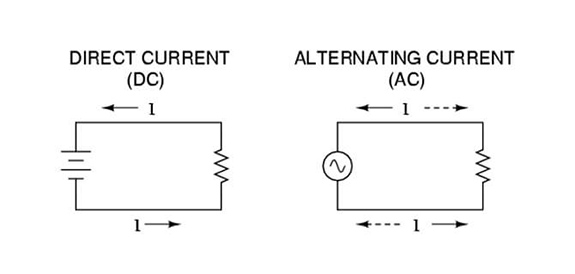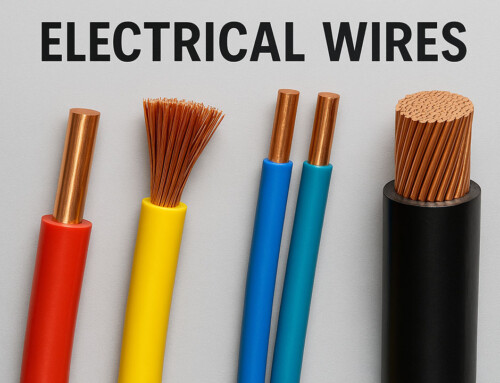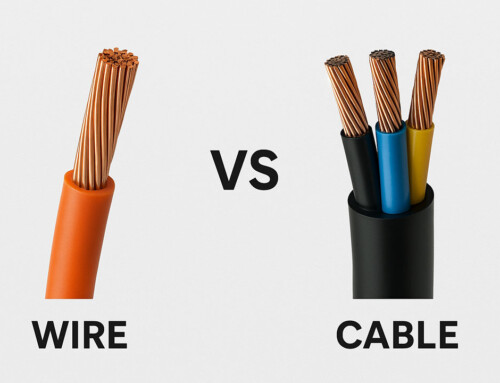Table of Contents
There is a very dangerous myth floating around, one which could actually result in severe injury and even death – “Electricity always follows the path of least resistance”. This is one of those myths that results from a general fact being blown way out of proportion.
Forget colleges and engineering schools, most high school students learn that electricity does behave this way, as a part of the basics of electricity and resistances. Worryingly, this myth isn’t just stated as a fact, it’s a commonly followed practice in many electrical circuit designs, especially when it comes to grounding.
Walk into any industrial plant that uses motors or pumps and you’ll find they’re all connected to ground rods. Ask anyone why that’s done and you’ll likely get the same response everywhere (even from the people in charge of the electrical maintenance) – It’s to eliminate the potential differences.
Go Back to the Basics
A motor connected to a grounding cable is supposed to be safe since the electrical path will have lower resistance and electricity will go that way, but there’s something missing here. The theory doesn’t agree with Kirchoff’s Law of Parallel Circuits. That’s right, the same law that is used by electrical students in their first year to calculate the resistance of one resistor connected in parallel with others.
Let’s take a look at a basic scenario where two 100Ω resistors are connected in parallel, and you have to calculate the total resistance. Here’s how you’d do it:
Total resistance = 1/(1/R1 + 1/R2)
Rt = 50Ω
Simple really, but to understand why the myth of electricity taking the path of least resistance isn’t strictly true, you need to delve into this a little deeper. If there was a single resistor, the resistance would be 100Ω, but adding another in parallel makes it 50Ω, half the resistance. That’s because the electricity is now flowing through two paths, instead of one.
Think of it as water flowing through a 4-inch pipe. Add another pipe in parallel and you get double the flow.
How Can This Be Applied to Real-World Scenarios?
Let’s take an example of a circuit with 3 resistors of different resistances (20Ω , 300Ω and 600Ω), connected in parallel with a 33-amp current flowing through it. Here’s how the current will be distributed according to the law:
- Resistor 1 (2Ω)- 30 Amps
- Resistor 2 (300Ω)- 2 Amps
- Resistor 3 (600Ω)- 1 Amp
Now, if electricity only takes the path of least resistance, the entire resistance of the circuit should be just 2Ω and all 33 amps should flow through resistor 1.
Here’s Why This Happens – Electricity will flow through each and every path available, inversely proportional to the resistance of each path.
So, What Does This Mean?
Simply put, grounding may reduce the chances of electrocution and a majority of the current will be directed away from your body. However, that’s not all – not by a long shot! Even a proper grounding is just one of the several paths that are available for electricity to take, and consider that:
The motor bearings can conduct electricity too, so if someone were to come in contact with the motor with one foot on the ground cable, another path is available – one that goes straight through his or her heart.
Electricity always tries to find a path back to the source, which in this case is the supply transformer. The human body typically has an impedance of 100Ω, much lower than that of the dirt between the transformer and the ground rod. If there’s enough stray current, a person standing with a foot on the grounding rod can still be electrocuted.
Considering how many times we’ve all heard this particular myth, wrapping your head around this concept might be a little difficult. If you’re still not convinced, try putting all this down on paper so you can follow the reasoning. Draw a circuit with a motor, grounding rod and supply transformer, fill in the values of all the resistances, draw the various parallel paths available for the current, and then you’ll get the picture!






